Local car meets have long been a cornerstone of automotive culture, offering enthusiasts a space to share their passion for cars. Despite the rise of digital platforms and virtual communities, these gatherings remain vital in fostering a sense of community and preserving the essence of car culture.
The Sense of Community
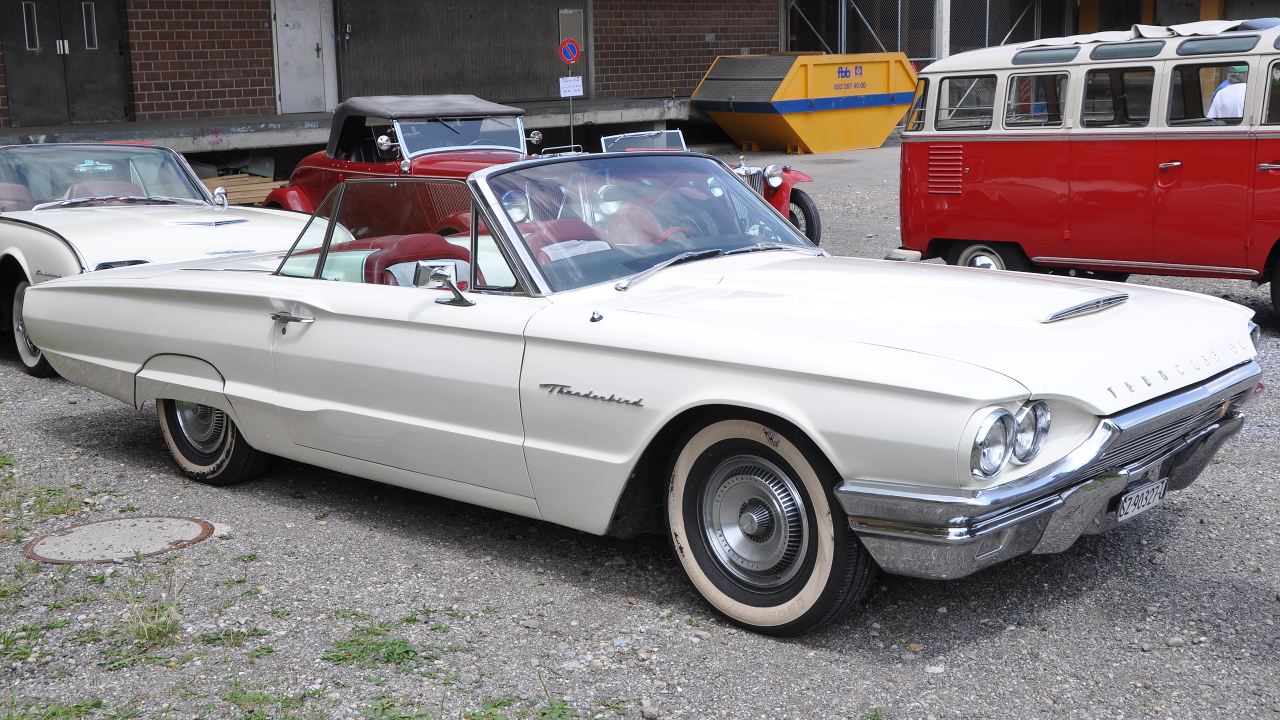
Car meets provide a welcoming environment where enthusiasts can connect and share their love for automobiles. Whether it’s a Saturday morning gathering in a parking lot or a larger festival-style event, the atmosphere is charged with excitement and camaraderie. People from all walks of life come together, bound by a common passion for cars. These gatherings are not just about showcasing vehicles; they’re about creating a space where everyone feels welcome, regardless of their background or level of expertise.
The diversity of attendees at car meets is one of their most appealing aspects. You might find yourself chatting with a college student who just bought their first project car or a seasoned collector who has spent decades restoring vintage models. This mix of perspectives enriches the experience, fostering an environment where knowledge and enthusiasm are freely shared. The friendships and networks built at these events often extend beyond the automotive world, creating lasting bonds that endure long after the engines have cooled.
Showcasing Automotive Creativity
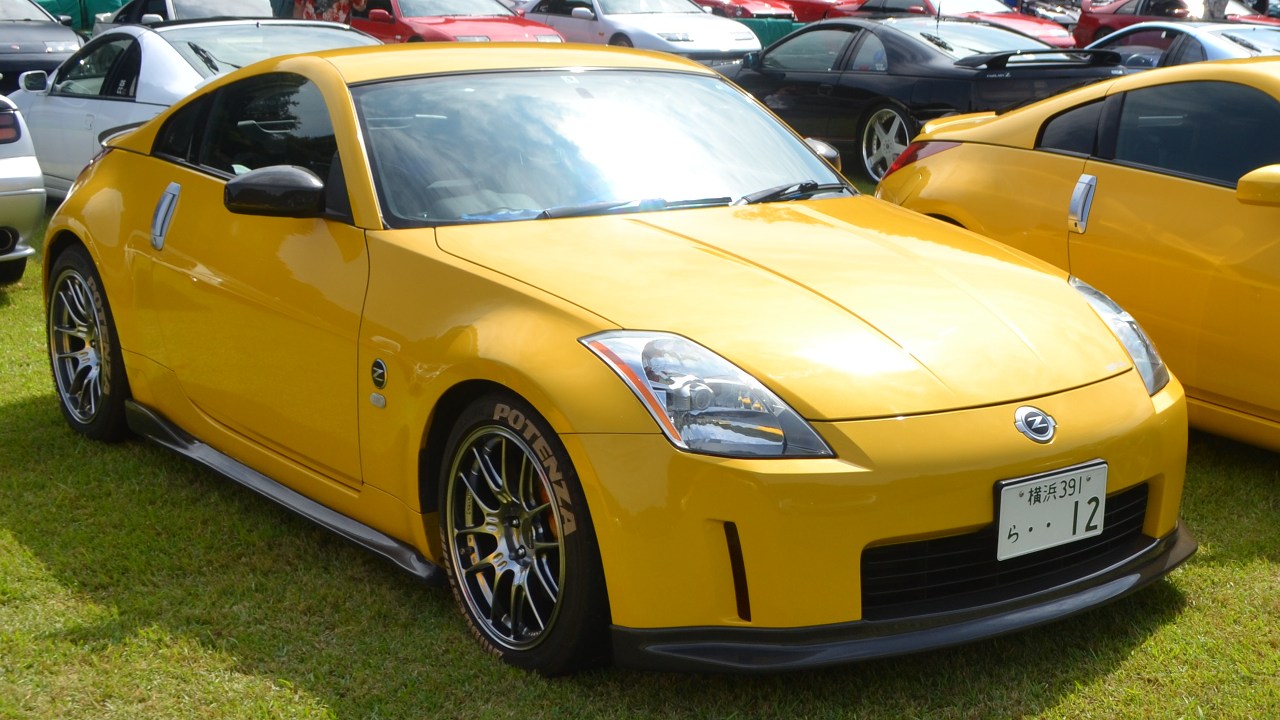
Local car meets offer a platform for individuals to show off their unique modifications and customizations. From the subtleties of a custom paint job to the roar of a modified exhaust system, these gatherings are a celebration of creativity and innovation. Enthusiasts take pride in pushing the boundaries of car design and functionality, often spending countless hours and resources to bring their visions to life. These showcases are more than just displays of craftsmanship; they are a testament to the passion and dedication that drive the car culture.
The influence of car meets extends beyond the individual vehicles on display. Attendees gain insight into different trends and styles, which can inspire their own projects and influence the broader car culture landscape. For example, the popularity of tuning specific models like the Nissan 350Z or the Honda Civic Type R can often be traced back to trends observed at local meets. These events serve as incubators for new ideas, where enthusiasts can experiment and share their innovations with a receptive audience.
Preservation of Automotive Heritage
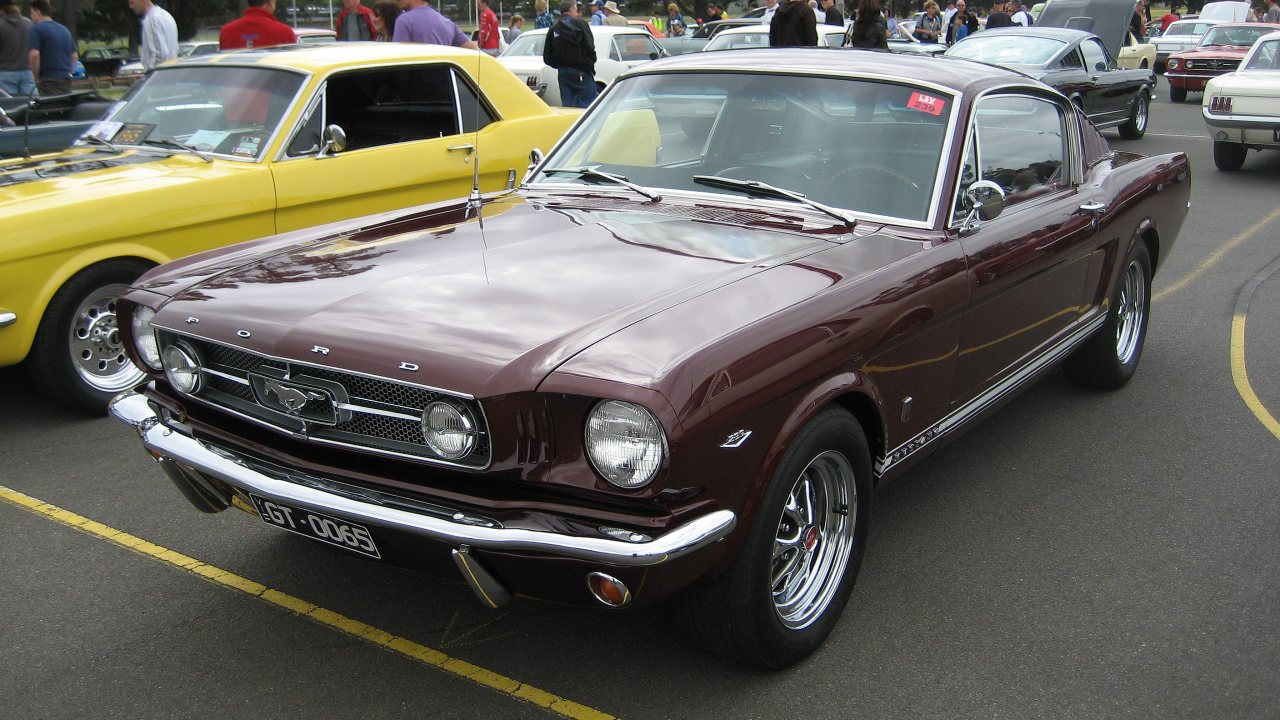
Car meets often celebrate classic and vintage cars, keeping the history and evolution of the automobile alive. Enthusiasts bring out meticulously restored models from bygone eras, offering a glimpse into the past and the craftsmanship that defined it. These vehicles are more than just machines; they are pieces of history, each with its own story to tell. By showcasing these cars, meets preserve the automotive heritage and ensure that the skills and knowledge of past generations are not lost.
The sharing of stories and knowledge at these events is a crucial aspect of preserving automotive heritage. Older enthusiasts often take the time to pass down traditions and techniques to younger generations, fostering an appreciation for the engineering and design of classic cars. This exchange of information helps keep the history of the automobile alive, ensuring that the craftsmanship and innovation of the past continue to inspire the future. Events like the Goodwood Revival in the UK or the Woodward Dream Cruise in the US highlight the significance and ongoing appeal of classic car culture.
Support for Local Economies
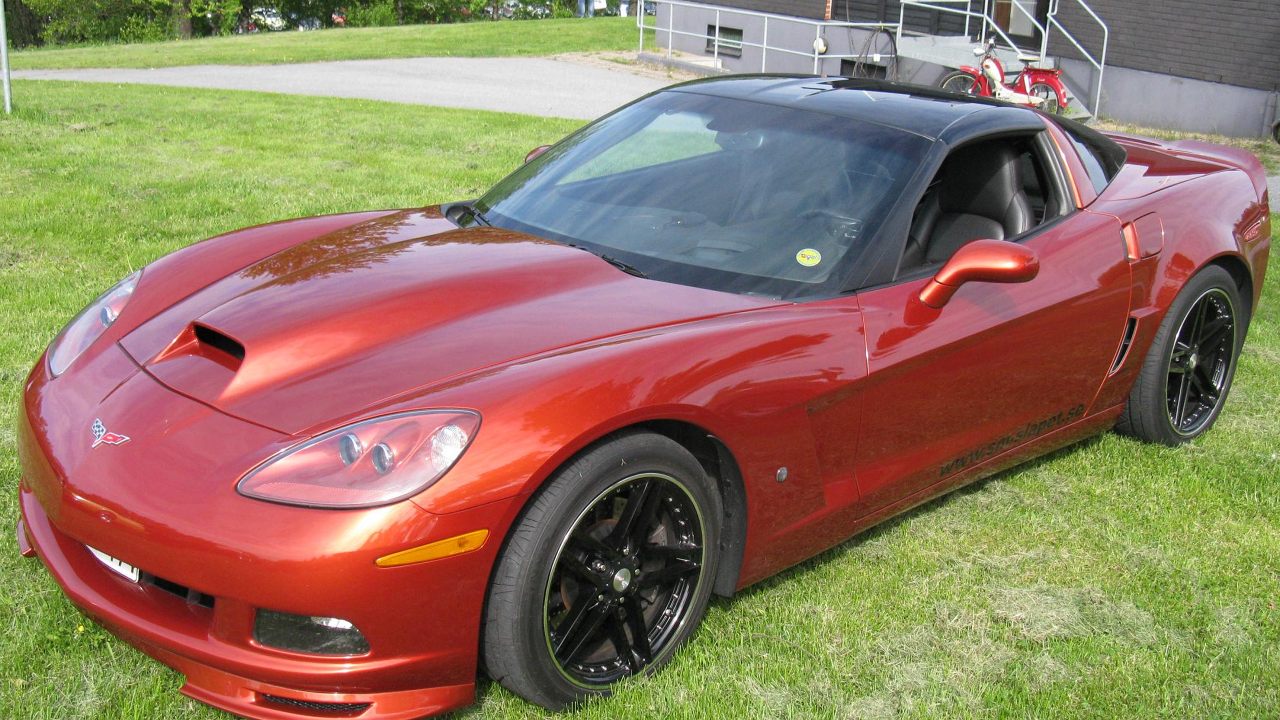
Local businesses benefit from the influx of visitors attending car meets, contributing to the local economy. Restaurants, hotels, and shops often see increased activity during these events, as enthusiasts and spectators flood the area. The economic impact of car meets can be significant, especially in smaller communities where tourism may not be as prevalent. By drawing visitors from surrounding areas, these gatherings help bolster local economies and support small businesses.
Car meets often partner with local vendors and services, creating a symbiotic relationship that supports the community. Food trucks, automotive parts suppliers, and other vendors are commonly found at these events, offering attendees a chance to purchase goods and services while supporting local enterprises. This partnership between car meets and local businesses can lead to long-term benefits, as the events help raise the profile of the area and attract repeat visitors. The economic boost provided by car meets underscores their importance not just to car culture, but to the communities that host them.
Adaptation and Evolution in the Digital Age
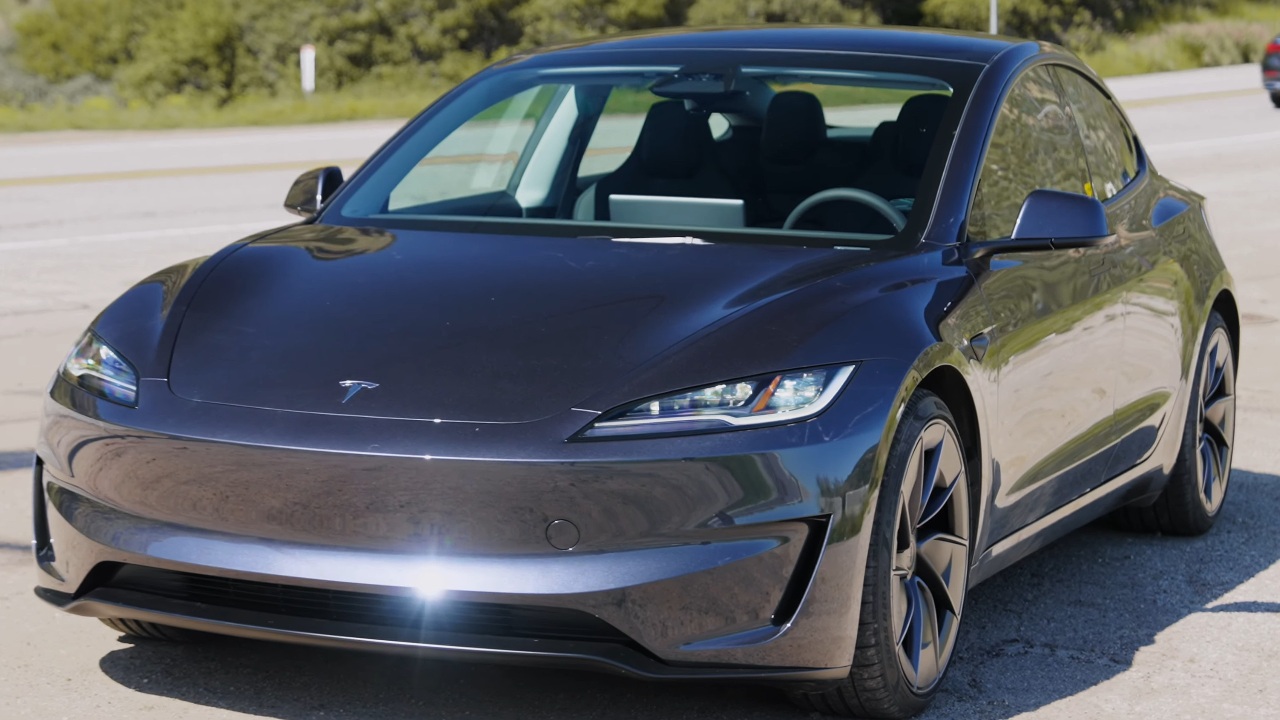
Despite the digital revolution, car meets have adapted by integrating online elements to enhance the experience. Social media platforms like Instagram and Facebook are invaluable tools for organizing and promoting events, allowing organizers to reach a wide audience with minimal effort. Enthusiasts use these platforms to share information about upcoming meets, post photos and videos, and connect with fellow car lovers. The digital presence of car meets helps broaden their reach and appeal, attracting new participants who might not have discovered them otherwise.
The blend of physical and digital interactions enriches the car meet experience, ensuring its relevance in modern car culture. While virtual communities offer convenience and accessibility, they cannot replicate the tangible excitement of seeing and hearing a finely tuned engine in person. Online platforms complement the physical events, providing a space for enthusiasts to continue the conversation long after the meet has ended. This integration of digital and physical elements allows car meets to evolve while maintaining their core values, ensuring they remain a vibrant part of car culture in the years to come.
Like Fast Lane Only’s content? Be sure to follow us.
Here’s more from us:
*Created with AI assistance and editor review.

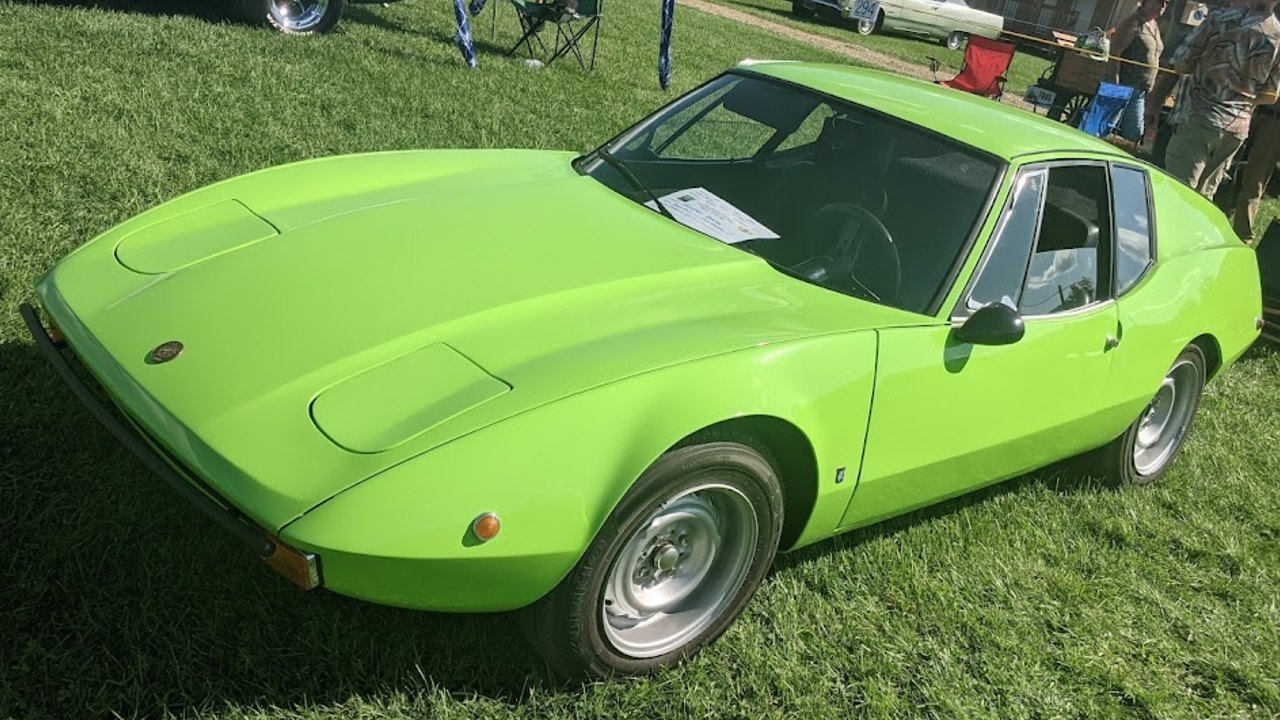
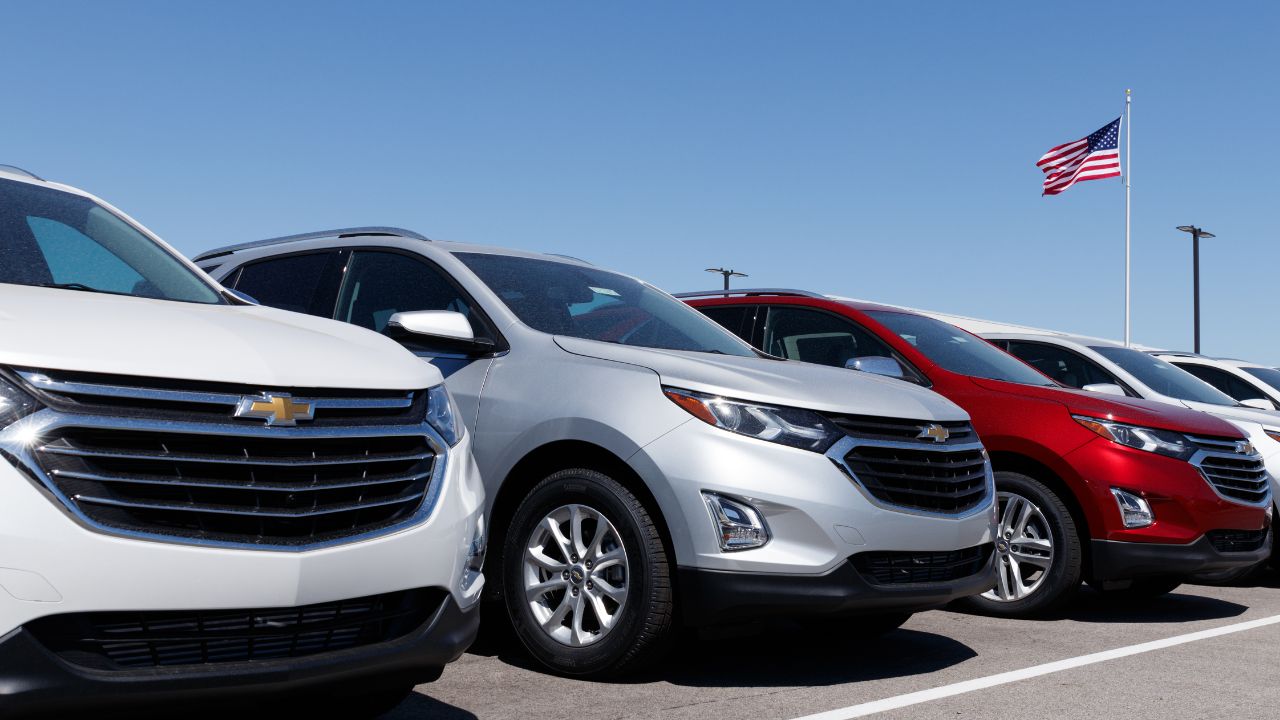



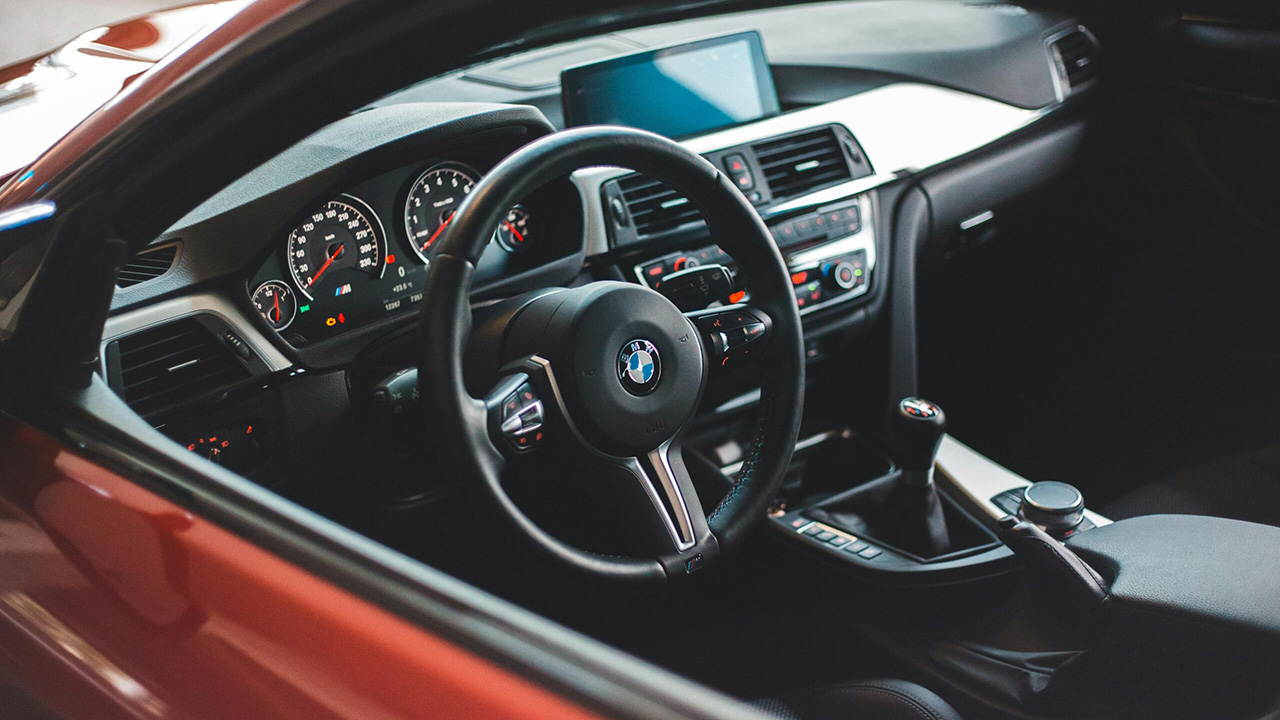
Leave a Reply